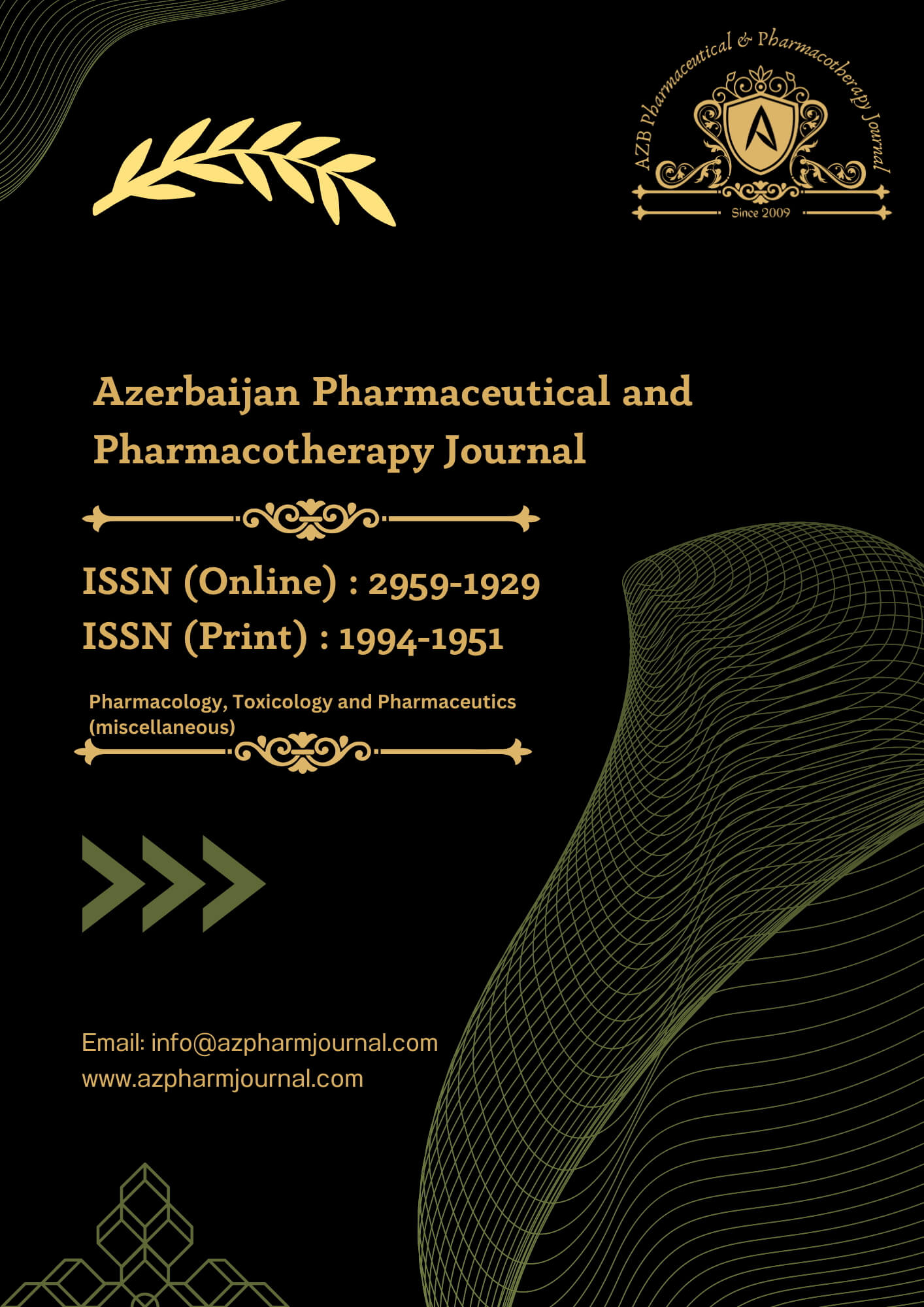Sodium butyrate administration minimizes clinical indicators in rats with DSS-induced colitis
Figure 1-A is a line graph representing the loss/ or gain of weight percentile. Conventionally group C, the control group shows a meager elevation, enlisted as normal/expected, when looking at group SB, which also shows a minor increase. Latterly group D shows an immense drop in weight, by DSS. Importantly onward to group SB+D who show an impediment to weight loss, maintaining similar weight percentile as the day’s progress.
Figure 1-B represents the colon length after 9 days of administration of sodium butyrate, anddextran sodium sulfate. The colon size may be variable due to extreme conditions, and they read as follows, group C the control group having an average size colon of 16.6 were knowingly normal. Group SB comes slightly below the C group which is insignificant in vivo. However, when looking at group D there is a massive decrease in length due to the high chroniculcerative colitis. When looking at group SB+D there is a slight differentiation and scoring just below the SB group.
Figure (1): Shown the effect of sodium butyrate, DSS, and their combination in A- weight gain /loss %, B- colon length, and C-Macroscopic Score in adult male rats. Values are expressed as mean ±SE. n=10/each group, * p<0.05
Impact of sodium butyrate treatment on the redox system in rats with DSS-trigged colitis
Figure 2-A is a bar graph representing MDA (malondialdehyde) is essentially a marker used in samples to display studies related to free radicals and, hence substantially suitable for our experiment. In the consecutive groups C and SB, there is a minuscule portion of lipid peroxidation, scoring low as there is no combative substance included, however, when approaching group D there was a massive escalation of MDA levels, predominantly due to the colitis formed from DSS introduction. When looking at group SB+D there is a perceptible increment of MDA levels, however not as significant as the D group alone, on the strength of the attenuative SB. Figure 2-B is a bar graph representing GSH (glutathione) very enlightening antioxidant capable of preventing damage to tissue from peroxides, reactive oxygen species, and of course free radicals. As enlisted, group C shows normal results, however a dramatic uprise in the SB group due to the helpful effect of sodium butyric acid, accordingly,protecting the tissues. Group D has DSS hence showing a momentous shrinkage in presence, exposing the tissues to further oxidative damage. The SB+D group shows an advantageous increase in glutathione, reasonably arduous to maintain and protect the surrounding tissue.
Figure (2): Shown the effect of sodium butyrate, DSS, and their combination in A- MDA level B- GSH level in adult male rats. Values are expressed as mean ±SE. n=10/each group, * p<0.05
Gene expression in colitis brought on by DSS is altered by sodium butyrate treatment
Figure 3 is a bar graph representing the PPAR-γ (Peroxisome proliferator-activated receptor gamma) triggering, which is crucial in homeostasis and metabolic function and activities. 14 “Peroxisome proliferator-activated receptors (PPARs) are members of the nuclear receptor superfamily that regulate the expression of genes related to lipid and glucose metabolism and inflammation.”. Knowing this we can conclude that PPAR-GAMMA is an essential part of the normal activities of rats and important in normal life functions. When looking at Group C, there is an invariable average score recorded, however, when SB group results were established, a vast increase was recorded. Group D shows a poor score. Group SB+D shows a comparable result with group C in number, with the awareness that the rat was administered DSS we can summarize with vindication.
Figure (3): Shown the effect of sodium butyrate, DSS, and their combination in PPAR-gamma expression in spleen in adult male rats. Values are expressed as mean ±SE. n=10/each group, * p<0.05
Sodium butyrate improves histopathological examination in rats with DSS-induced colitis
Figure 4 represents the pathological examination in rat colon panel A: section of colon mucosal fold (control) showed normal mucosal epithelium (Red arrow), normal tubular glands (Black arrows), and muscularis (Asterisk).Panel B: section of colon (SB) showed normal appearance and size of the fold with normal (Black arrows), the epithelium (Red arrow) & muscularis (Asterisks). Panel C: section of colon (D) showed severe necrotic colitis characterized by necrosis of tubular glands (Red arrows) with severe infiltration of mononuclear leukocytes (Red arrows), epithelial sloughing (Black arrows) & necrotic debris (Blue arrow). Panel D: section of colon (SB+D) showed mild thickening of folds associated with moderate aggregation lymphocytes (Arrow), and mild atrophy of tubular glands.
Figure (4): Shown the effect of sodium butyrate, DSS, and their combination in the colon section (A) There was no visible damage to the colon's cellular structure in the control rats. (B)Rat colonocytes show no pathogenic changes and are normal when given sodium butyrate orally. (C) giving medication to rats of DSS with severe necrotic colitis in the tubular glands and severe infiltration of leukocytes, (D) When rats were administered sodium butyrate orally and DSS in tap water, they had mild thickening of the mucosal folds. H and E, 100×
